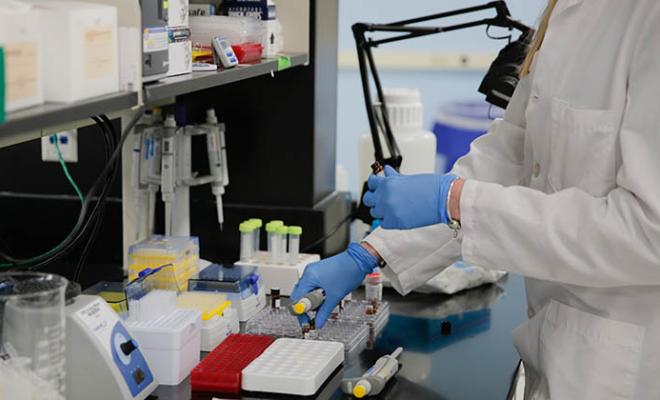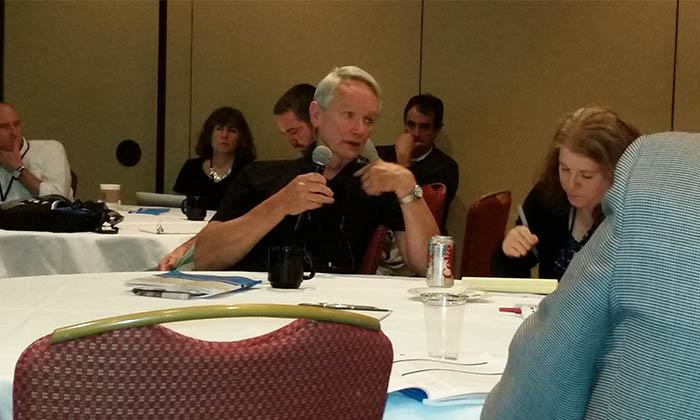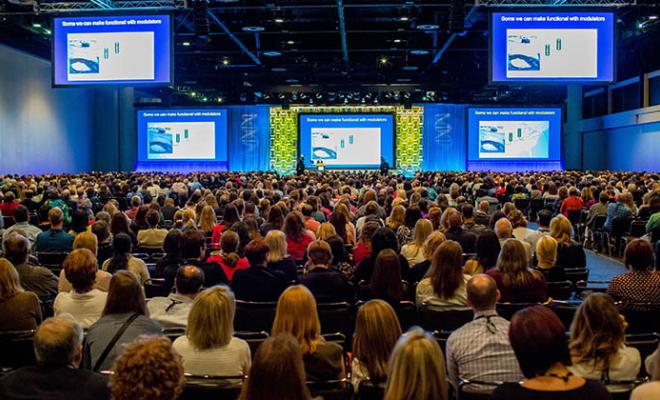When the Cystic Fibrosis Foundation first set out to find and develop CFTR modulators in the late 1990s, researchers were optimistic but weren't quite sure whether this strategy would work. Although this research eventually led to the development of ivacaftor (Kalydeco®) and lumacaftor/ivacaftor (Orkambi®), the development of these medications was hardly guaranteed.
You may not follow science, but it's hard to escape the sunny news about gene editing these days. Although many of these stories highlight the amazing technology and its potential to change the lives of many living with genetic diseases, these stories don't often go into what it will take to turn these technologies into treatments.
As we have been discovering, it's going to take a lot of collaboration among many disciplines to discover a way to correct the cystic fibrosis gene. Not only do we have to perfect the gene editing technology, we have to find the right vehicle to deliver it to the right cells in the lung.
That's why we decided to bring together researchers from the worlds of gene editing, gene delivery and stem-cell biology with long-standing CF researchers for a first-of-its-kind conference -- New Technologies Advancing Toward a One-Time Cure.
Researchers tend to be very specialized and focused primarily on the intricacies of their research. So we organized the conference in Savannah, Ga., in a way that brought scientists with these different backgrounds into one room so they could begin to learn more about these other topics and where they have the potential to complement or overlap with each other. Instead of picking from a menu of multiple presentations, everyone went to the same presentations together in the same room. They ate breakfast, lunch and dinner together. They looked at each other's poster presentations, learning about their latest findings.
In the process, they learned what barriers each field faces and how those barriers could affect what they are doing and talked about ways to overcome those obstacles.
For example, gene delivery researchers are perfecting ways to deliver gene editing tools into cells using viruses that are harmless to humans. Some of these viruses, however, are too small to carry the tools needed to edit the CF gene. Picture trying to carry a couch in a Mazda Miata.
By learning about the size issues early in the process, gene delivery researchers can find a virus that is large enough to handle the load or gene editing researchers can develop smaller tools.
As these fields advance in parallel, it is also important for the stem-cell biologists to speak with the gene delivery researchers so they can make sure that the delivery vehicles can target the right cells in the airway. All of this knowledge will have to come together when the tools are ready to be tested.
We scheduled an afternoon to enable like-minded researchers to discuss specific topics and to prioritize research questions that should be addressed in the short term. They also could identify potential barriers to developing these technologies into new therapies for people with CF.
Following these small group discussions, we brought the entire group back together to review the smaller discussions and to get input from others. By the end of the meeting, I overheard numerous conversations about new collaborations because people found out about a technology or research approach that they wanted to integrate into their program back home.
As people left the meeting, there was a sense of excitement and energy that I had not previously felt. I'm told this feeling is reminiscent of the research conferences in which CFTR modulators were first discussed. In Savannah, there was a general feeling of "we can do it," and these are the people who can make it happen.
Now it's time for us to get to work.






